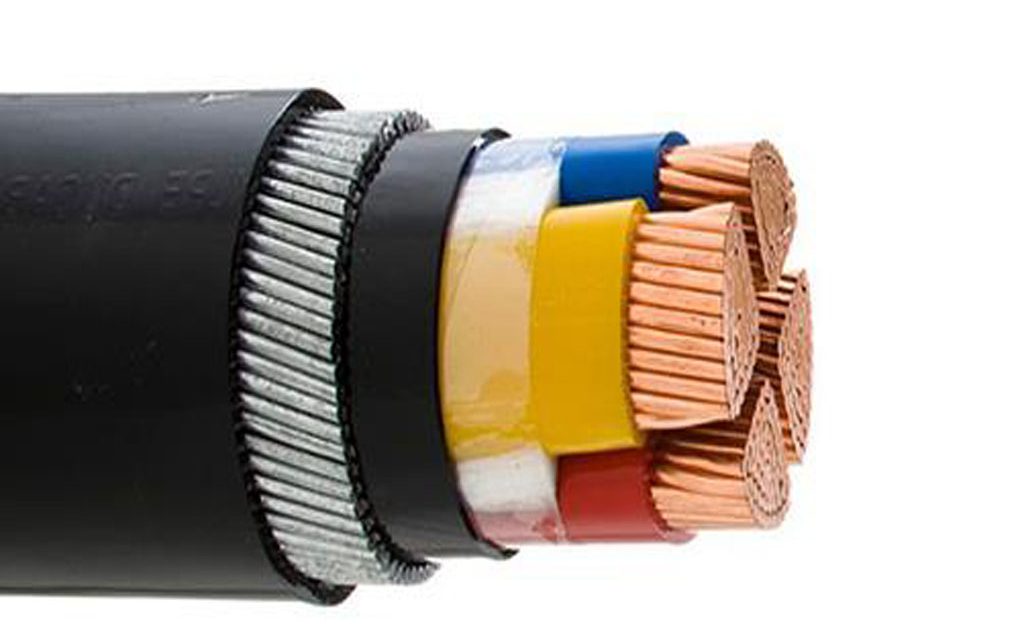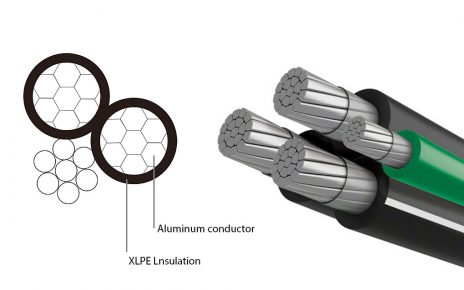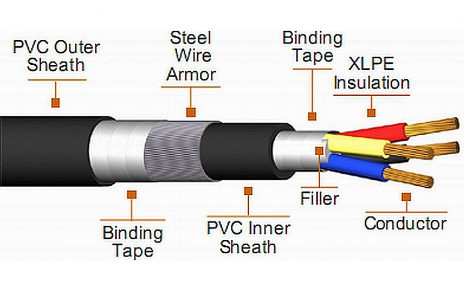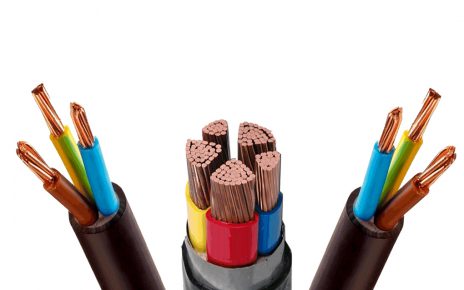High voltage cables (HV cable) Or high voltage cable They are used to transmit high voltage electricity. These cables include a conductor and insulation and are suitable for running underground or underwater. High voltage cables for various applications in tools, ignition systems and alternating current (AC) and direct current (DC) have.
In all applications, due to the high voltage pressure, the cable insulation is produced from ozone so that it is not damaged by electrical discharges in the air or tracking.. The cable system must prevent high voltage conductors from contacting other objects or persons and must control the leakage current.
Cable connections and terminals should be designed to control pressure at high voltage to avoid insulation failure. Often a high voltage cable will have a metallic protective layer on the insulation, this layer is designed to equalize the dielectric stress on the insulation and is connected to ground..
High voltage cables up to maximum voltage 170 kilovolts are produced.
They use PE (XLPE) are insulated. High voltage cables are made of aluminum or copper. Sometimes power cables are lead-free, which makes them lighter, easier to use, environmentally friendly and waterproof.. Lead-free cables are a modern solution for current and future power networks.
High voltage cables are used in electricity transmission and distribution, national transmission network cabling, electric stations and urban networks.
Testing power cables
When creating solid dielectric insulation or paper insulation, various things may lead to a defective cable. Therefore, there are different test and measurement methods to detect standard or defective cables. Paper cables (With paper insulation) They are primarily tested by the DC insulation resistance test, and the most common test for solid dielectric cable systems is the partial discharge test.. With some tests, it is even possible to determine the location of the defect before failure.
The standard basis for abbreviations in power cables
Simkan wire and cable industries



